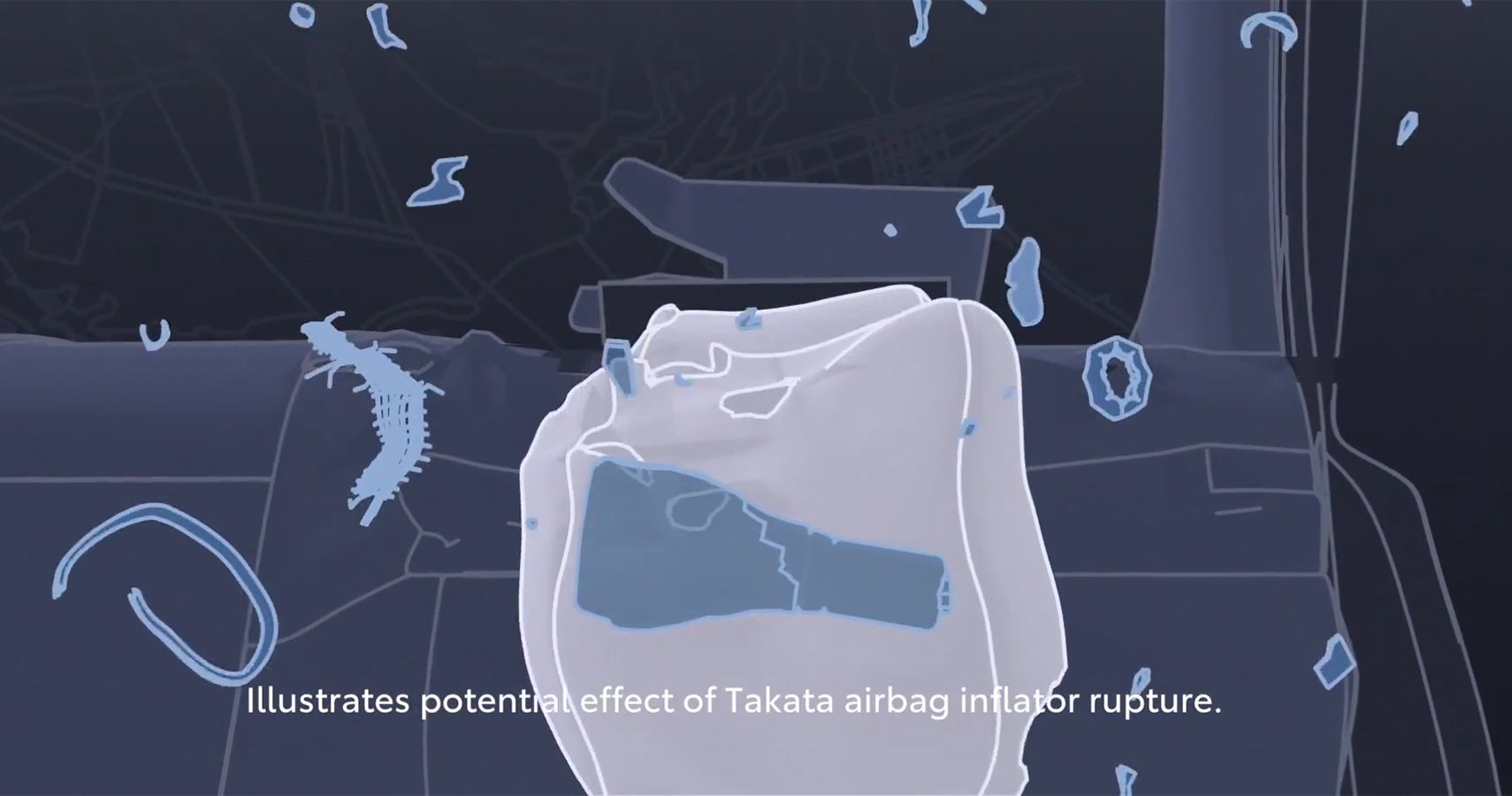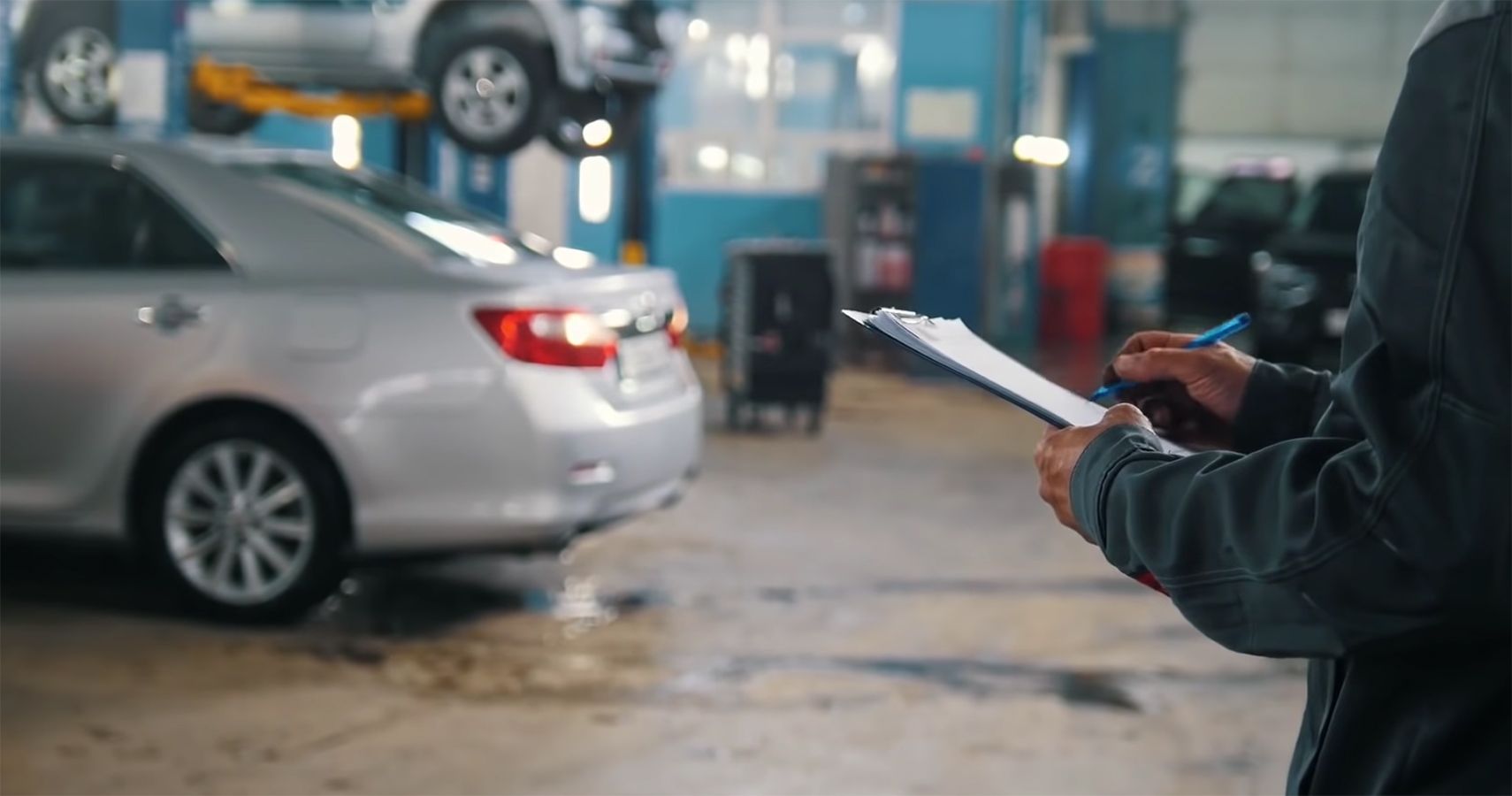People drive or ride vehicles to get to their destinations quicker and faster. The best marathon runner on earth can cover 26 miles in two hours, but a car can achieve such distance in an hour or much less without tiring the guts out of the human driver.
Driving or riding a car, however, isn’t just about moving from one place to another in a shorter amount of time. To complete the trip, the car needs to be safe. Even when a car gets involved in an accident, its occupant should be able to get out safe and alive. Thus, safety elements such as brakes and airbags need to be functioning all the time.
It’s sad, though, that sometimes that safety element that’s supposed to keep vehicle occupants safe are the ones that may cause injuries and even death. This happened recently, with Stellantis reporting that defective Takata airbags in a Chrysler 300 possibly led to a fatality. Interestingly, Takata airbags are some of the widely employed vehicle safety elements in the world.
Authorities such as the National Highway Traffic Safety Administration (NHTSA) have long found out that these airbags posed a safety risk, prompting them to force carmakers to massive issue recalls. But Takata's historic recall of its airbags also proved to be the worst in the automotive industry, simply because of its scale.
Massive Takata Airbag Recalls In A Nutshell
The history of smaller airbags at Takata started in the 1990s. These airbags have high explosive propellant in the inflators. In the early 2000s and before 2008, Takata became aware of inflator failures, including ruptures, but failed to report incidents to authorities. The company blamed production issues.
Then in 2008, Honda recalled around 4000 vehicles due to possibly defective airbags, which inflators might explode with excessive force. The Japanese carmaker expanded the recall in 2010 following reports of injuries and death related to Takata airbags in its vehicles.
The first massive recall, however, came in 2013, when Toyota, Honda, Nissan, Mazda, and BMW called back around 3.4 million vehicles globally. Most of these vehicles came off the production line between November 2000 and March 2004. Takata said in 2015 it was aware, at the time, of 88 airbag ruptures out of over 1.2 million airbag deployments spread over 15 years.
Other carmakers and vehicle brands followed in the next several years. Around 19 different carmakers recalled vehicles from 34 of their brands to replace the frontal airbags on the driver’s side or passenger’s side, or both. In the United States, these airbags were in cars mostly from model years 2002 through 2015.
Why Carmakers Need To Recall Takata Airbags
Carmakers are recalling vehicles with Takata airbags precisely because of the possibly defective inflator in them. The inflator is a metal canister holding an explosive chemical propellant called Phase Stabilized Ammonium Nitrate (PSAN). A properly functioning inflator will have the chemical propellant burn in a controlled manner, quickly emitting a gas through vents in the canister. The gas then inflates the airbag.
Takata’s inflator, however, might be defective. This means the chemical propellant might burn uncontrollably – too fast, with too much explosive force. The canister might be able to contain the explosion, breaking apart into shrapnel spraying out towards the occupant – just like a grenade.
Investigations found out that PSAN may degrade over time due to humidity and temperature. This means that defective airbag inflators with PSAN and exposed to highly humid and hot areas for long periods of time are more likely to explode.
To date, authorities are linking Takata airbag inflator ruptures (only confirmed) to more than 400 injuries and 24 fatalities in the US. The latest fatality was from a recent crash in a 2010 Chrysler 300 in which the Takata driver’s side airbag inflator ruptured.
In November, Stellantis issued a “Do Not Drive” warning for around 276,000 MY2005-2010 Dodge Magnums, Chargers and Challengers, as well as MY2005-2010 Chrysler 300s. This warning came following two fatalities from separate crashes involving 2010 Dodge Chargers where the side airbags exploded.
Takata Scandal Is The Worst Vehicle Recall So Far
Since these defective airbag inflators are a safety risk, carmakers are recalling the vehicles containing this device. Carmakers would have to replace these defective units with safe ones. So far, the Takata airbag recall is the largest and more complex recall in automotive history. In total, carmakers are recalling 67 million airbag inflators in 42 million vehicles.
Nevertheless, the Takata airbag recall remains incomplete despite the fact that carmakers have already identified which vehicle models and years have them. The challenges include the massive scale of the recall, age of many of the recalled vehicles, diversity of the vehicle population under recall, as well as issues getting enough supply of replacement airbags.
So far, carmakers are conducting the recalls in waves, prioritizing them by risk. Around 11 million Takata airbag of the 67 million recalled still needs replacement.
Interestingly, carmakers are recalling another set of Takata airbags separate from PSAN safety recalls. The recalls involve Takata airbags with non-azide driver inflators (NADI) possibly not sealed properly during manufacturing. This may cause moisture to get into the propellant, possibly resulting in the airbag deploying slowly during a crash. This recall involves nearly 3 million vehicles.
Source: NHTSA, Stellantis



